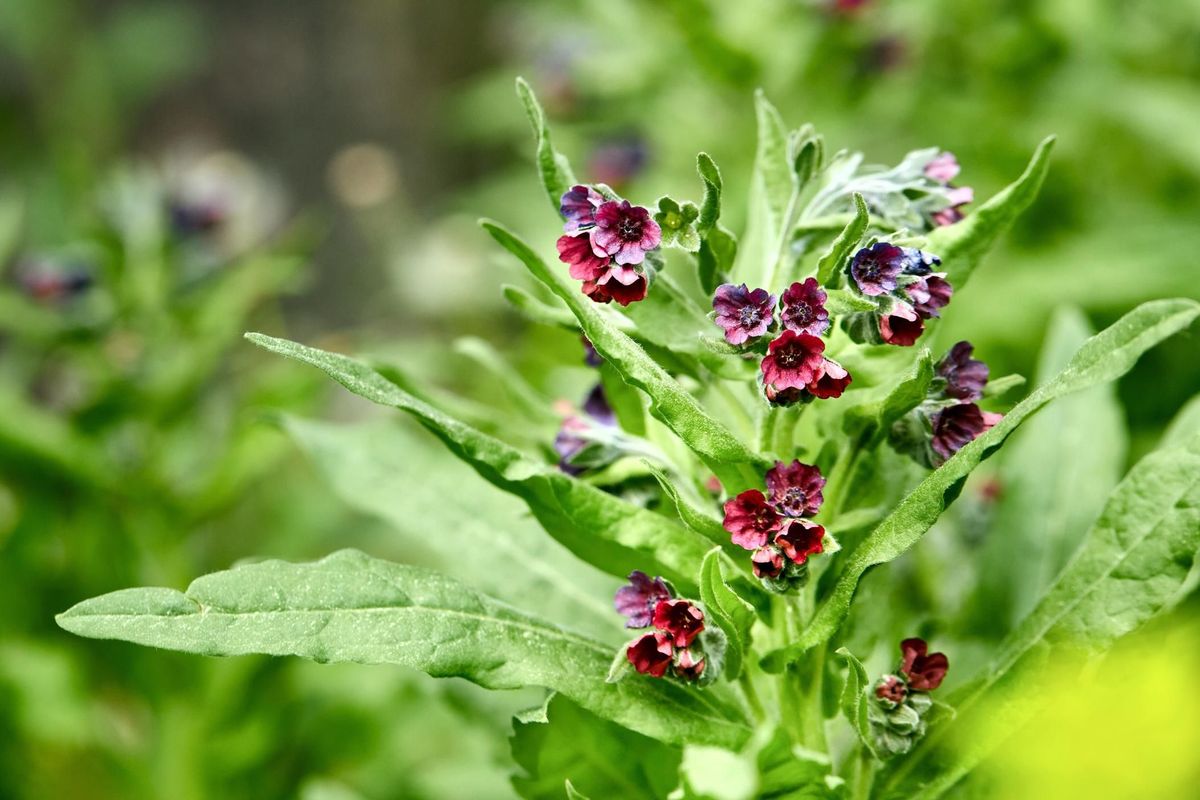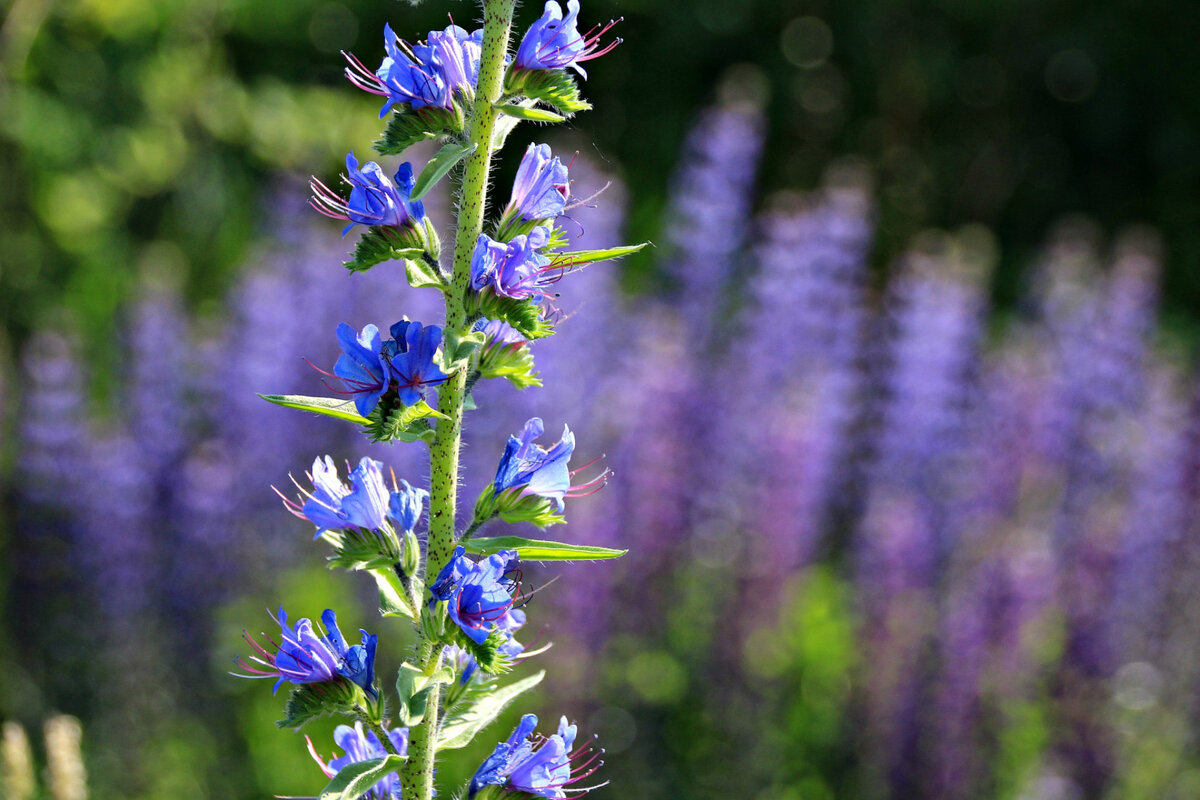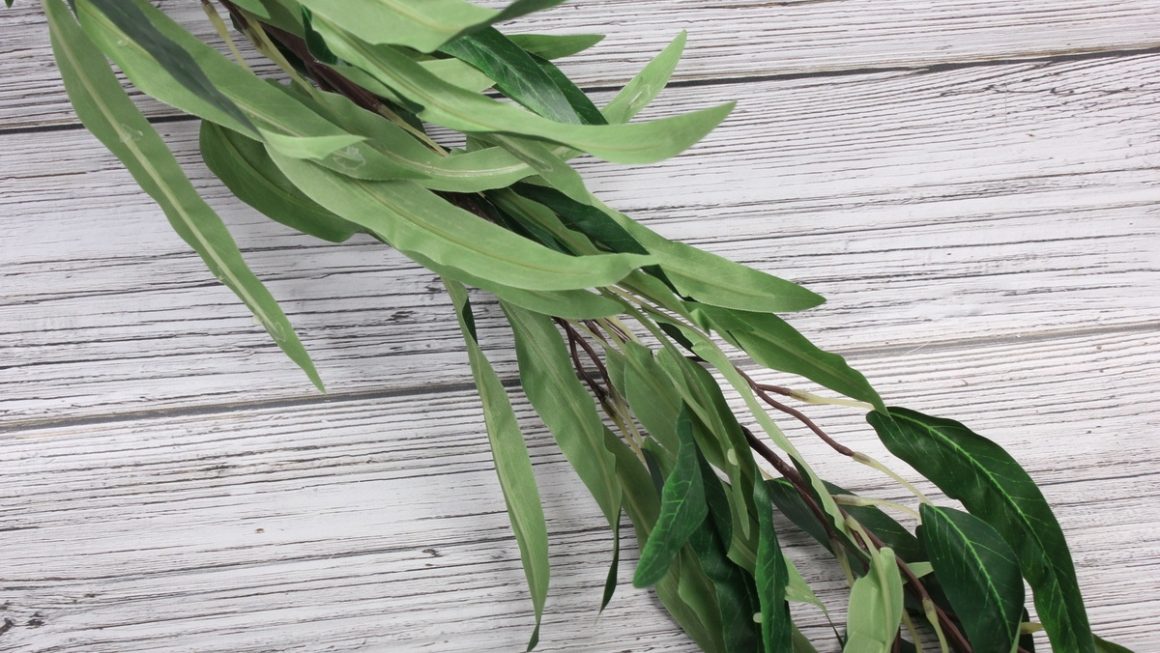In autumn, while most gardeners put away their tools and close up their gardens for the winter, nature continues its work.
Wilted flowers drop their seeds, which settle on the ground before the frost sets in. They spend the long cold months under the snow, dormant, patiently waiting for spring to return so they can germinate. This is exactly the principle behind dormant sowing: a simple and natural way to sow in autumn.
What is dormant sowing?
Dormant sowing involves sowing when the soil is cold but not yet frozen, which prevents the seeds from germinating immediately. They ‘sleep’ under the snow, protected from temperature fluctuations. When spring returns, they wake up on their own, at exactly the right time, when the temperature and humidity are favourable.
Advantages
This method has several advantages. First, it saves a lot of time in the spring, since everything is already in place. As soon as the weather warms up, germination begins effortlessly.
It is possible to sow dormant seeds of hound’s tongue (Cynoglossum amabile).
For seeds that require a period of vernalisation, dormant sowing mimics the natural cycle of plants. Instead of stratifying the seeds in the refrigerator, we let winter do the work. Seedlings from winter sowing are often more robust, better adapted to variable conditions and less prone to damping off. And there’s no need for artificial lighting, plastic trays or potting soil. Everything is done outdoors, at nature’s pace.
How do you do it?
The method is very simple. First, prepare the plot in advance: weed, lightly aerate the soil, and add a little compost if necessary. When the time comes, sow as you would in spring, either broadcast or in rows, then cover with a thin layer of soil or compost. A thin layer of shredded leaves or straw helps protect the seeds from birds and temperature variations. In the spring, all you have to do is wait for nature to do its work. The seeds will germinate on their own as soon as the conditions are right, and you’ll just need to thin out or transplant the young plants as needed.
Dormant sowing of purple foxglove (Digitalis purpurea) is also possible.

The right seed at the right time
Success depends mainly on timing. Sow late enough to prevent the seeds from germinating before winter, but before the ground is completely frozen. In general, aim for late October or November, sometimes early December in southern Quebec. The soil should be cold to the touch—around 4°C or less—but still loose. If you sow too early, a warm spell could cause the seeds to germinate, and the subsequent cold would kill them. If you wait too long, the soil hardens and it becomes impossible to sow. It is therefore best to keep an eye on the weather and take advantage of the short window between the last warm spell and the real winter freeze.
Not all plants are suitable for dormant sowing, but many tolerate it very well, especially those whose seeds are naturally programmed to survive the winter. This is the case for many annuals, several biennials, a wide variety of hardy perennials and native plants, as well as certain herbs and cold-season vegetables. Seeds of heat-sensitive plants, on the other hand, do not survive this method: they are too fragile and may rot before spring or not have time to mature before germinating too late.




